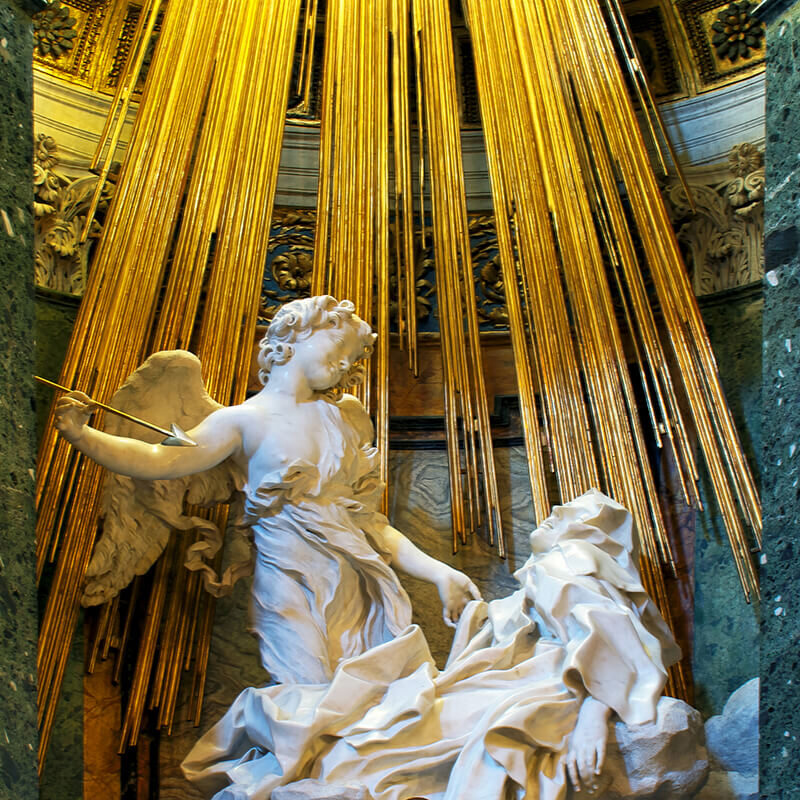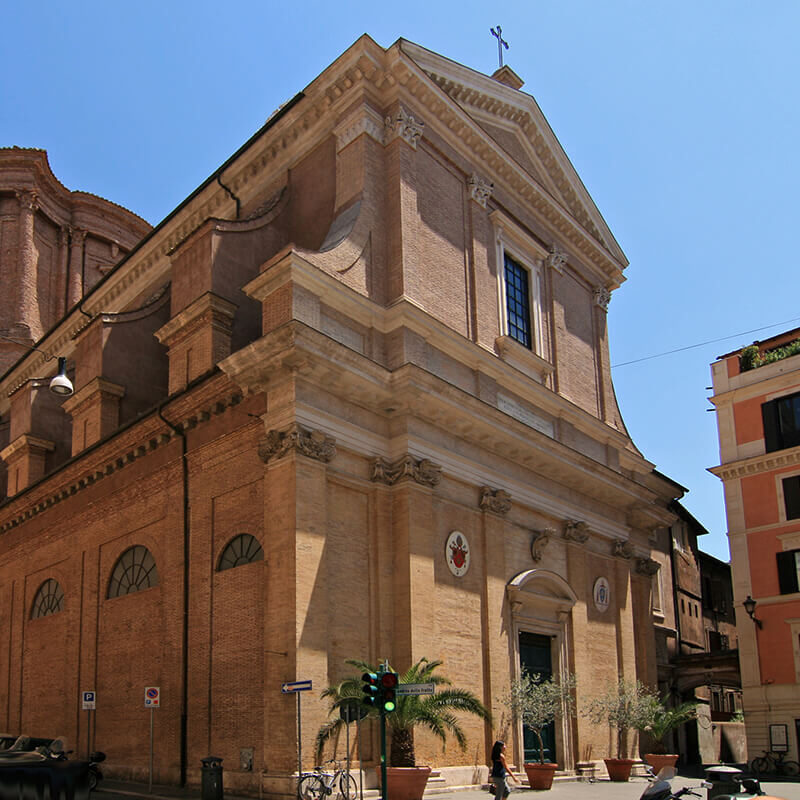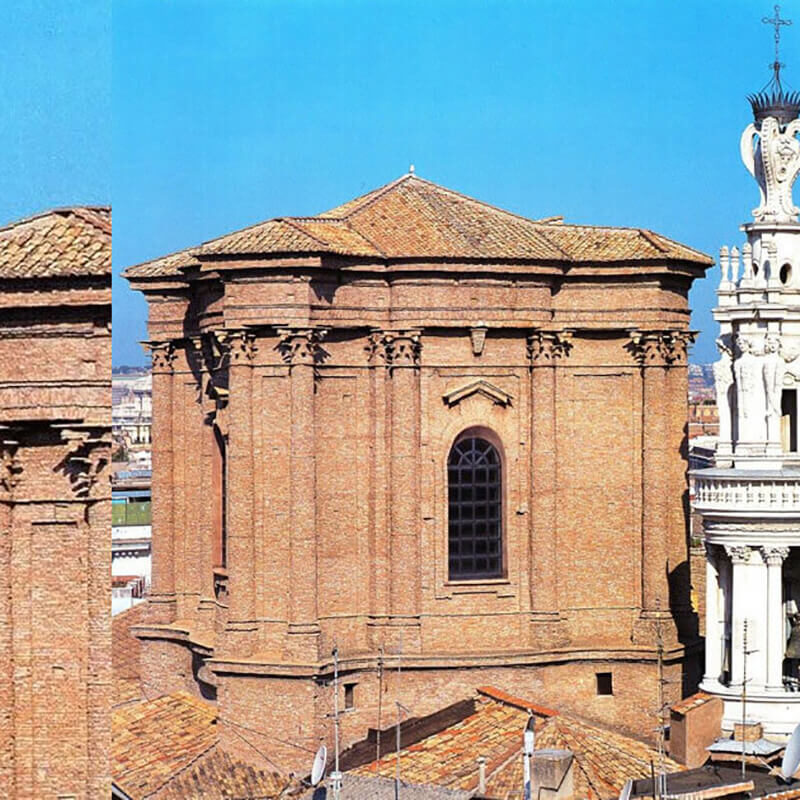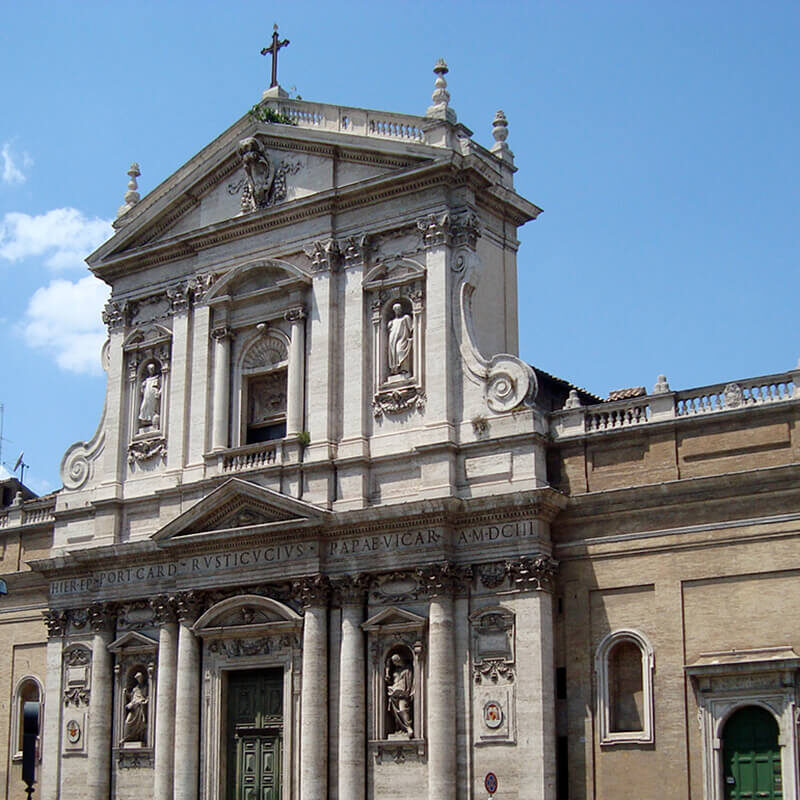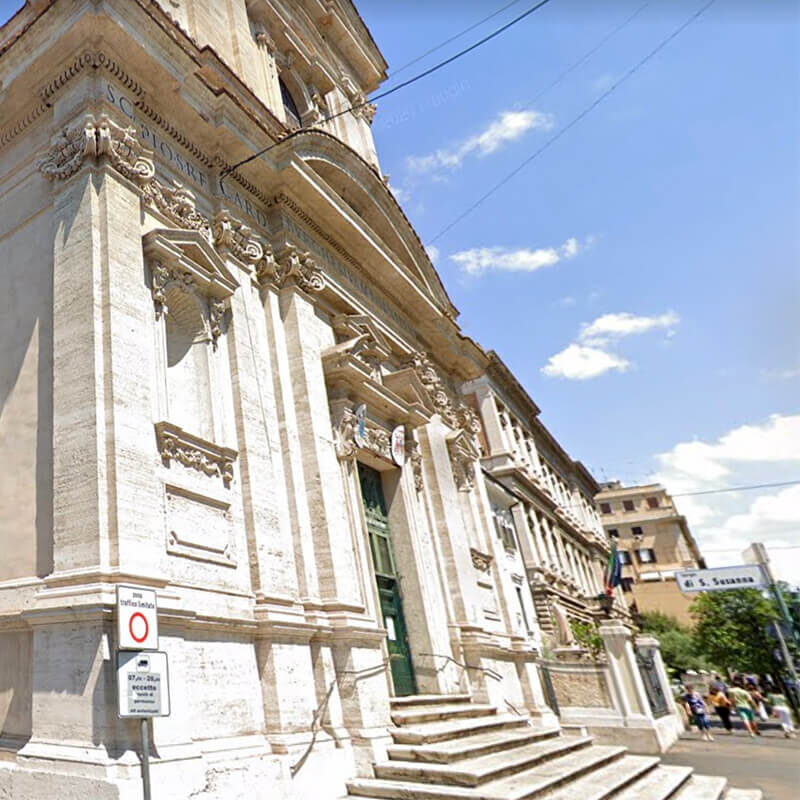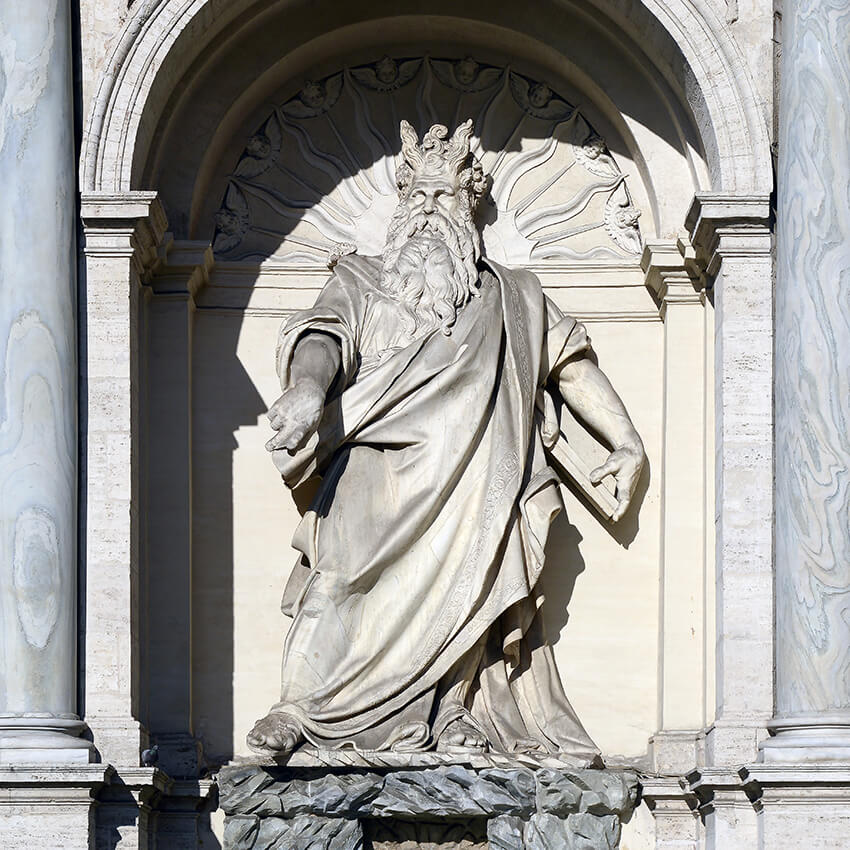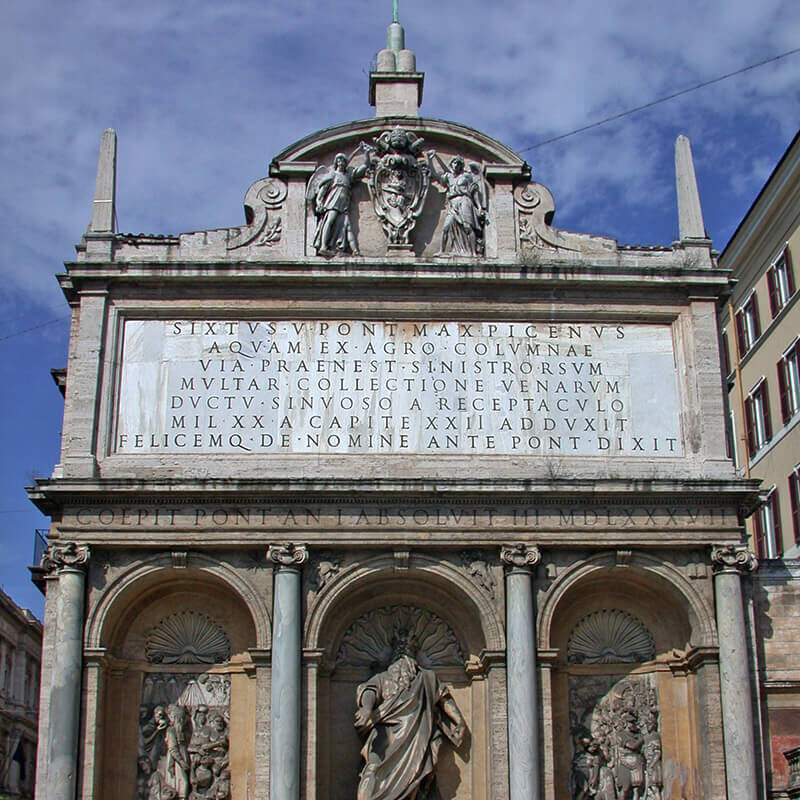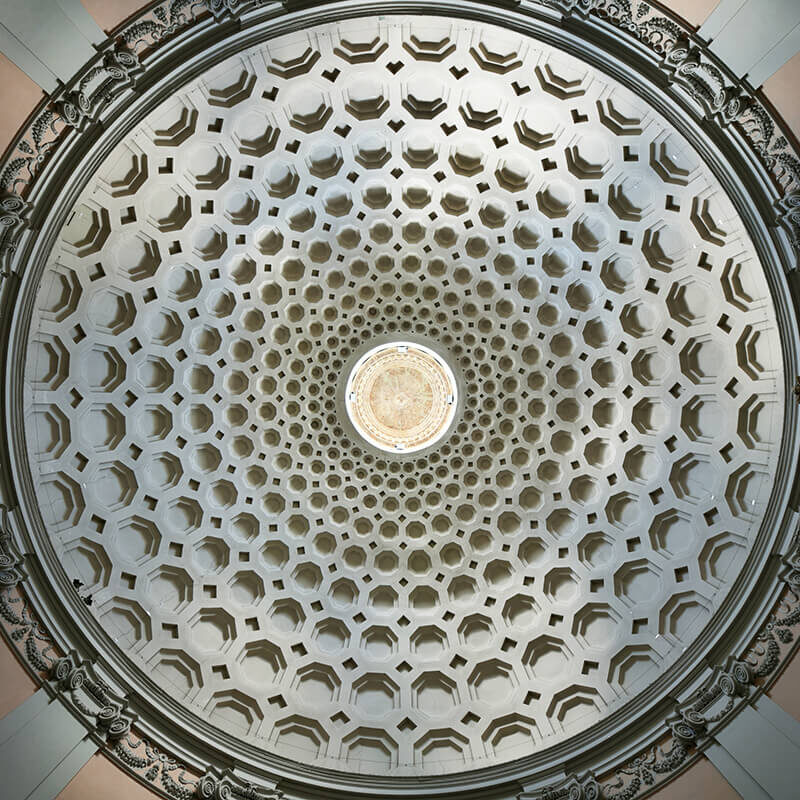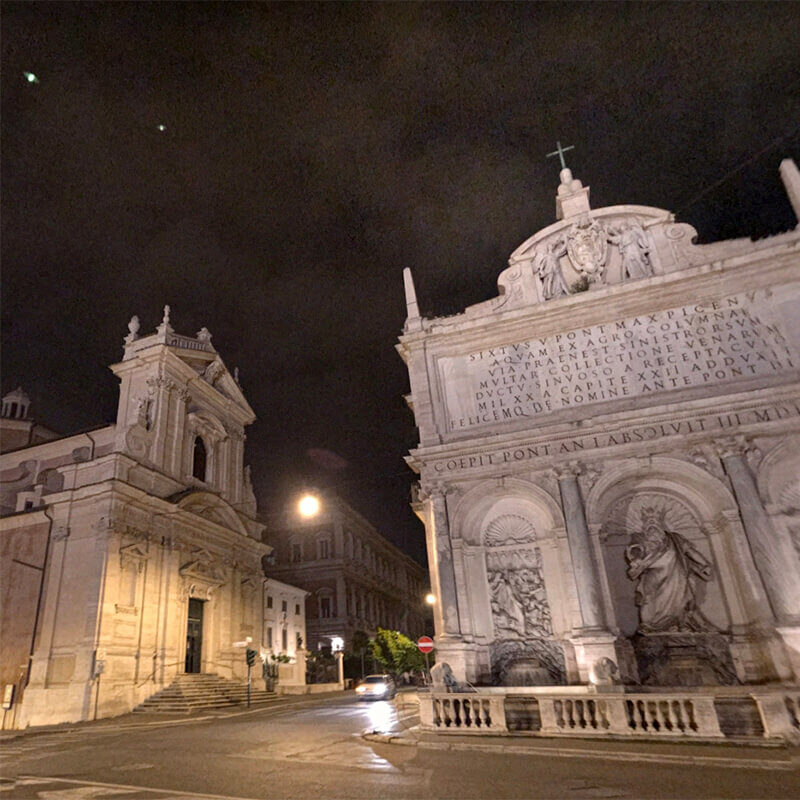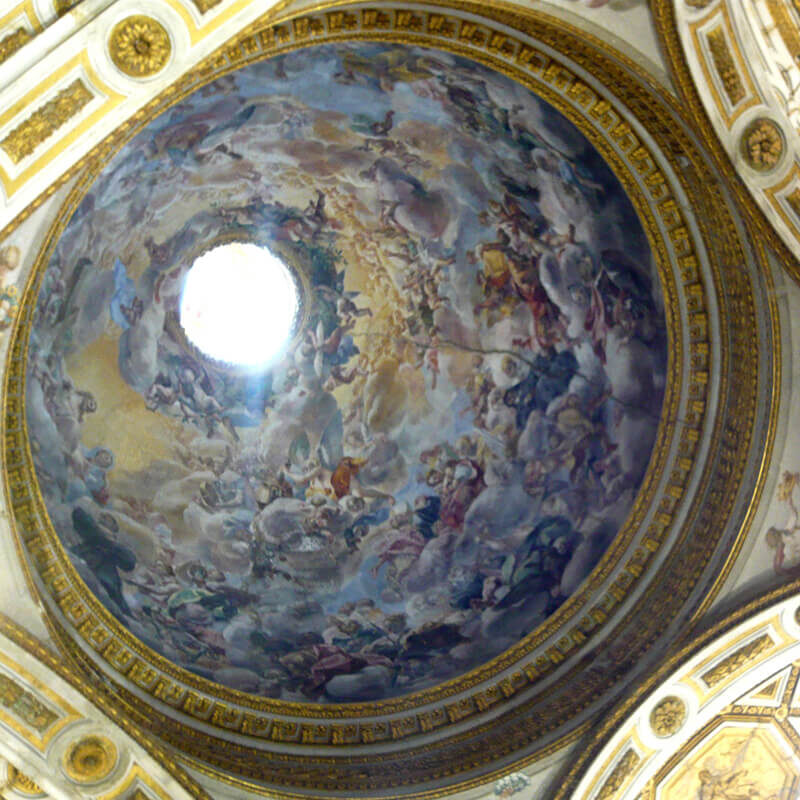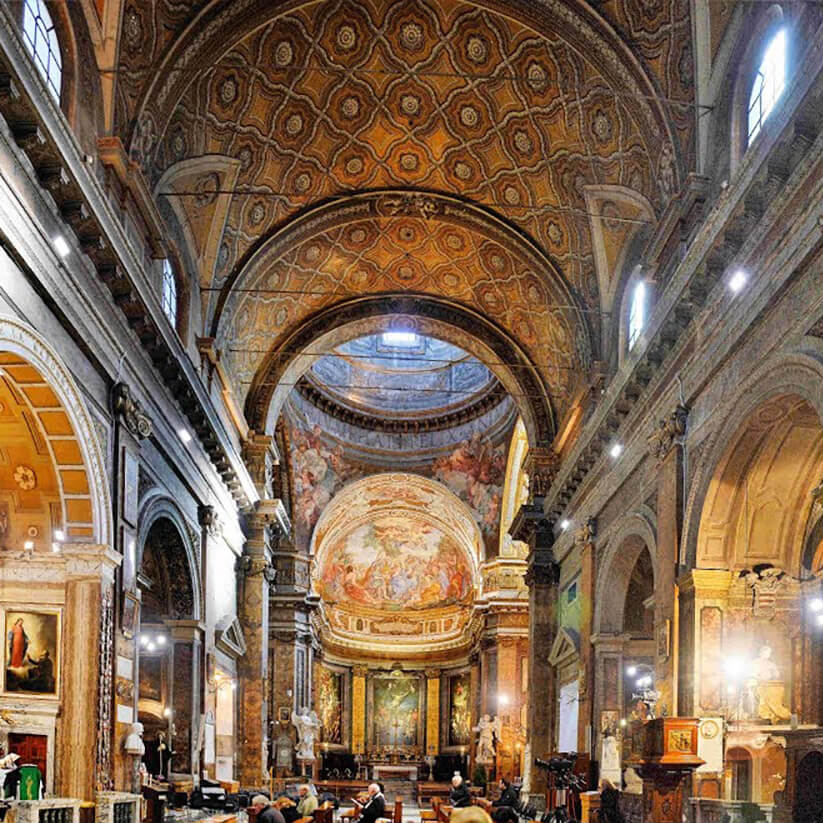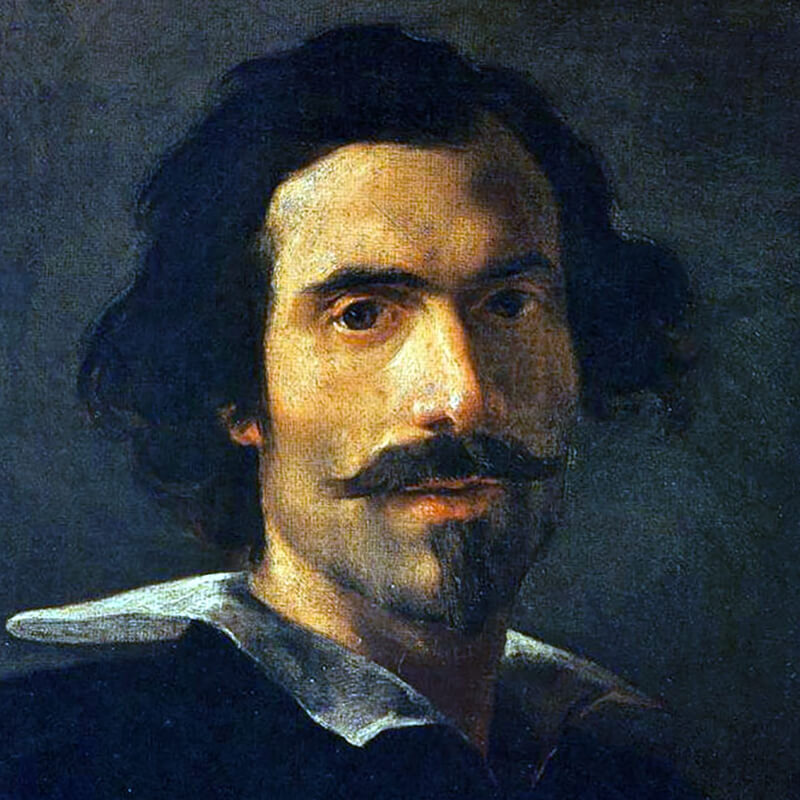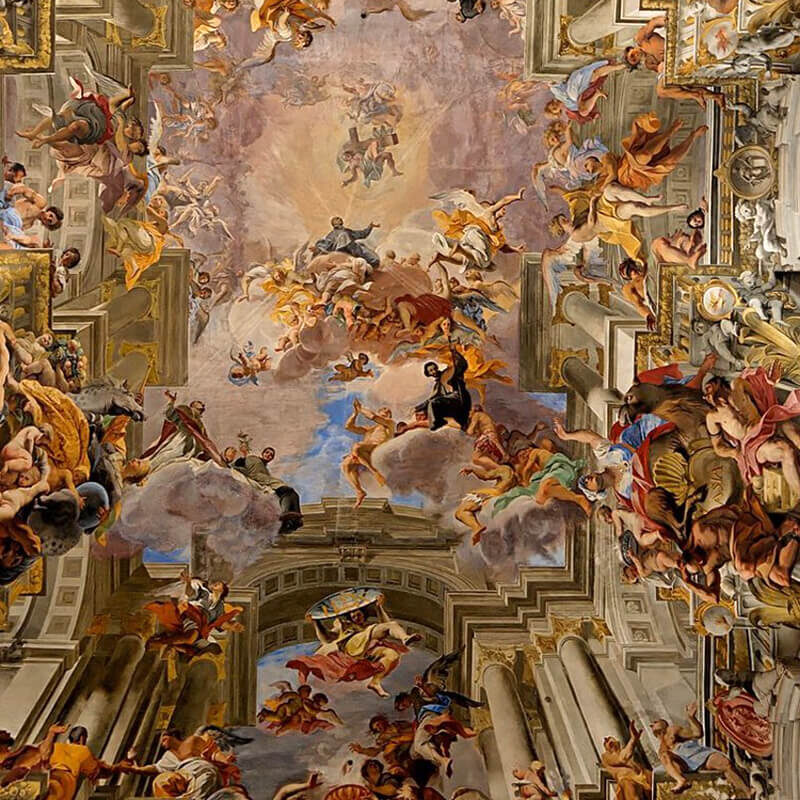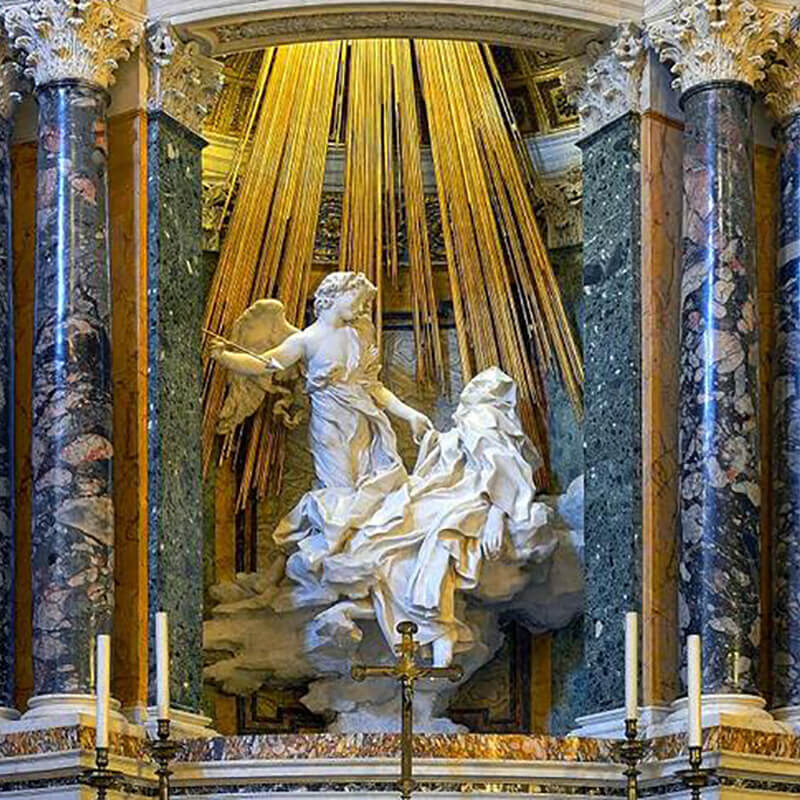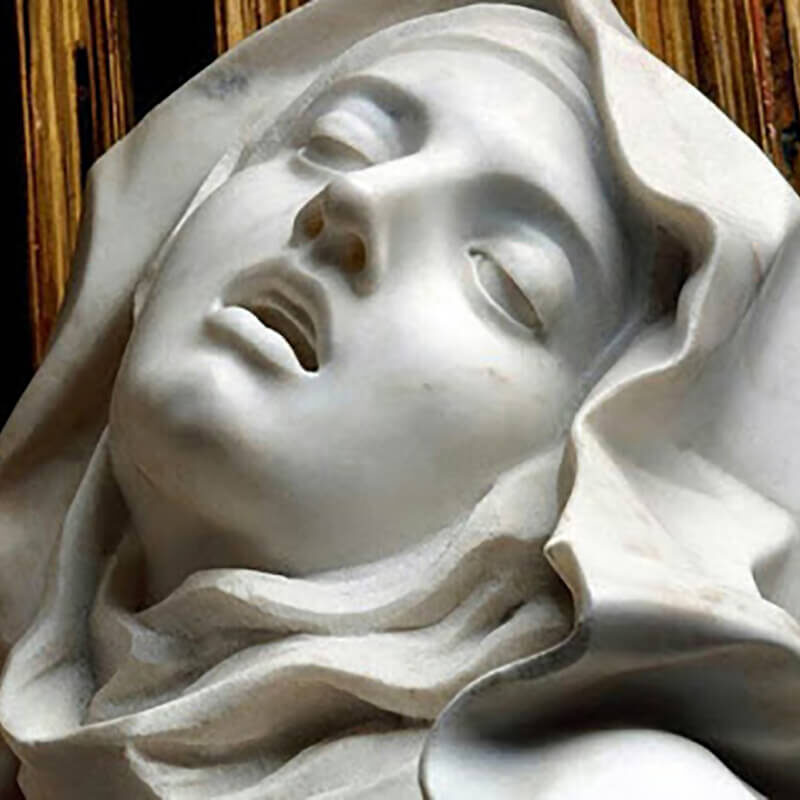Are you ready for a new walk with RomaGuideTour to discover the beauties of the city of Rome? Today we will take you for a long walk which, although it is not officially included among our tours and guided visits in Rome, is one of the “off the menu” tours that we are often asked for on various private Roman custom tours, an itinerary that can be easily followed on foot discovery of the baroque churches of Rome.
In reality, while it is true that the itinerary can easily be covered on foot, it must be said that we propose an itinerary that, if you really want to enjoy every single destination, you will not be able to do in a single day.
The itinerary of our walk to discover the baroque churches of Rome will take us to discover the Churches of San Bernardo, Santa Susanna alle Terme di Diocleziano, Santa Maria della Vittoria, Sant’Andrea delle Fratte and Sant’Ignazio da Loyola, all churches of the late 1500s and above all of the 1600s in Rome, a period known as Baroque, perhaps the most flourishing period for the Holy Roman Church and for the Eternal City, but also the peak of a slow decadence that would move the center of art from Rome to many other cities in Europe and then overseas.
Our route once again starts near Termini Station, an excellent point of arrival and departure in Rome for connections to Rome’s airports and given the presence of the main Italian railway hub. Not only do all roads lead to Rome, all rails do too…
The first church of our Roman Baroque tour is located near Piazza dell’Esedra and the Basilica of Angels and Martyrs in Piazza dell’Esedra, which we have already told you about in our article on Roman itineraries in the immediate vicinity of the arrival points in Rome, What to see in Rome near Termini Station. Skirting the square on the right, keeping Termini station behind us, we will arrive at the Fountain of the Acqua Felice (known as the Fountain of the Ridiculous Moses) and Piazza San Bernardo, a small urban space but in which it is possible to find three churches with three completely different stories among them: the Church of San Bernardo, the Church of Santa Susanna at Terme di Diocleziano and the Church of Santa Maria della Vittoria.
The Church of San Bernardo appears quite anonymous to us, almost hidden by modern buildings, but in reality this little church is one of the many churches created from the remains of the ancient structures of the Baths of Diocletian, to be precise from a spheristerium (game room with the ball). The internal decoration itself is inspired by and recalls that of the Basilica of Maxentius in the Roman Forum.
Crossing the road it is possible to admire the Church of Santa Susanna alle Terme di Diocleziano which, as can be seen from the name, was probably built on the remains of the ancient Roman structure of the Terme di Diocleziano, or of a Roman building from the imperial era of 3rd century of the immediate vicinity of the spa, identified as the probable place of martyrdom of the saint. The link with the house is also given by its original name duas domos (i.e. “at the houses” of Gabinio and Caio). The current facade of the Church of Santa Susanna alle Terme di Diocleziano is the work of Carlo Maderno (famous above all for having completed the facade of St. Peter’s Basilica) and is considered as the first fully realised example of Baroque architecture, and constitutes the moment transition from late Roman Mannerism to the beginning of the seventeenth century. In fact, it is possible to grasp some intuitions that seem to anticipate baroque research on the theme of vision and the relationship with the urban context.
This element that will characterise Roman art in this century can be seen in the gradual progression towards the outside of the church façade in its central part, a sort of anticipation of the theme of Borromini‘s sinusoidal façade, which the artist achieved through passages created not through concave-convex shapes, but through successive shots of the structural elements, aimed at strengthening the central axis of the temple.
You can in fact notice how starting from the base (first order) you pass by pilasters (decorative elements) that are barely perceptible on the façade of the church and then move on to a first progression of the elements which can be seen with honeycomb columns and finally with all-round columns, which they delimit the portal arranged in a gradually emerging way towards the center. The same game can be played in reverse as a process of rarefaction of the architectural elements from the center to the outside. Naturally we are still far from the search for the infinite, or the open forms typical of this period, but the architect left important ideas for his students and for the explosion of this style.
On the right side of the Church of Santa Susanna alle Terme di Diocleziano it is possible to notice a church similar in shape but different in history and content, the Church of Santa Maria della Vittoria which we have already reported among the places to visit near Termini Station . The church took this name following the victory in the Battle of White Mountain (near Prague) during the Thirty Years’ War, which saw a temporary victory of the Catholic troops over the Protestant ones. Even today, it is possible to admire an icon of the Madonna from Bohemia on the main altar of the church. The church was designed by the architect Carlo Maderno, while the façade must be attributed to Giovanni Battista Soria, who wanted to connect to the façade of the nearby Church of Santa Susanna, also divided into two orders, with a triangular tympanum at the top.
While the exteriors of the Church of Santa Susanna and the Church of Santa Maria della Vittoria have similarities, the interiors are very different. In the Church of Santa Maria della Vittoria it is possible to admire works by great artists who characterised the late 16th century and especially the early 17th century such as Domenico Guercino and Guido Reni. However, the work that makes this church famous is certainly a sculpture by Gian Lorenzo Bernini, The Ecstasy of Saint Teresa of Avila.
The Ecstasy of Saint Teresa of Avila is the work that perhaps best expresses the concept of Baroque and specifically of the Roman 17th century. In fact, even if the sculptural group of the Ecstasy of Saint Teresa of Avila is placed on the altar of the left transept, therefore in a decentralised position, the work tends to attract the spectator also thanks to the effect accentuated by the lateral boxes, from which the clients of the work, the members of the Venetian Cornèr family, in particular the Venetian cardinal Federico Cornèr (or Cornaro) were involved. The chapel of the Church of Santa Maria della Vittoria is built in such a way as to integrate artificial elements of the structure with natural elements, such as the light falling from a window on the ceiling, but invisible from the observation point, creating a supernatural and above all typical theatrical effect of this era.
Leaving Largo Santa Susanna and the Church of Santa Maria della Vittoria, we continue our walk in the direction of Via Veneto. Along the way we will come across the Church of San Nicola da Tolentino, where also in this case there was the participation of great masters of the Roman Baroque such as Alessandro Algardi, Pietro da Cortona, Antonio Raggi and Ercole Ferrata, just to name the best known ones.
Once you have almost reached the end of Via Veneto you will find yourself in front of a church with an anonymous façade but which inside houses furnishings that are, to say the least, particular, the Church of Santa Maria della Concezione dei Cappuccini, or Nostra Signora della Concezione dei Cappuccini. The church houses masterpieces by great masters such as the Archangel Michael chasing away Lucifer by Guido Reni, the Nativity by Giovanni Lanfranco, the Saint Francis Receiving the Stigmata by Domenichino and the marble tomb of the Polish prince Alessandro Sobieski, son of Giovanni Sobieski, the victor of the Turks in Vienna, by Camillo Rusconi. The mere presence of this illustrious tomb was the only reason that saved the complex from demolition, since in the past it was thought to demolish the building to renovate the entire area.
The real main attraction of the Church of Our Lady of the Conception of the Capuchins is the ossuary crypt. Suffice it to say that this environment was decorated with the bones of approximately 4000 Capuchin friars, collected in a period between 1528 and 1870 from the old cemetery of the Capuchin order, which was located in the Church of Santa Croce e Bonaventura dei Lucchesi, near the Quirinale. The desire to decorate the crypt with bones, in itself eerie and macabre, is actually an attempt to exorcise death and to underline how the body is nothing more than a container of the soul, in fact once this abandons the body (its container) the latter can be reused in another way. The visit to the crypt-ossuary of the Church of Santa Maria della Concezione dei Cappuccini is a unique and memorable experience which, beyond the macabre aspects, will leave you astounded by the beauty of the installations, meticulously cared for by the Capuchin friars.
Continuing towards Via Sistina first and then towards Via Capo le Case we will find another jewel of the Roman Baroque, the Basilica of Sant’Andrea delle Fratte, a church which dates back to the 11th century, but which was subsequently rebuilt as a basilica and in baroque forms according to the project by Francesco Borromini, between 1653 and 1658. Its extravagant name probably derives from its location near Piazza di Spagna, once the outskirts of the town and at the time full of trees, bushes and shrubs that characterised the surrounding environment , precisely “fratte”, in Roman dialect.
One of the most characteristic elements of the Basilica of Sant’Andrea delle Fratte is the 17th century bell tower, by Francesco Borromini, a two-order bell tower with the capitals of the second order made up of singular herms of Janus Bifronte, and a dome reinforced by diagonal buttresses which make the architecture take on the image of the cross of Saint Andrew, the saint after whom the basilica is named. The bell tower of Sant’Andrea delle Fratte is also nicknamed “dancer” because when the large bell rang (today the sound is recorded), the structure swayed fearfully.
The last stage of our walk to discover the Baroque churches of Rome could not fail to end perhaps in the church that perhaps best expresses the concept of Baroque, and not only of the Roman style, the Church of Sant’Ignazio di Loyola in Campo Marzio.
The Church of Sant’Ignazio di Loyola was built in 1626 on the ancient Church of the Annunziata which had become too small due to the influx of students from the Roman College and the client, the Cardinal Ludovisi, financed the construction with an initial contribution from “patron” of 100,000 scudi (about 7 million euros today) for its reconstruction, asking that “…in terms of size and beauty it was inferior to a few“. In reality the works were prolonged and it was necessary for the cardinal to finance the construction by the architect Grassi with another 100,000 ducats (about 10 million euros) through a legacy before his death. The cardinal never had any real control over the works, which were completed only after a commission of architects was appointed to examine the architect’s projects, in which illustrious names such as Domenichino and Carlo Maderno appear.
The most characteristic element of the Church of Sant’Ignazio di Loyola in Campo Marzio, beyond its size and its troubled history, is certainly its dome, or in this case fake dome, built about 60 years later, in 1685, by Andrea Well. Imagine entering and looking up, standing at the point marked on the ground, at a sign on the floor, towards the altar, which marks the point for the ideal observation of a second perspective canvas, above the cross, which reproduces the image of a dome. The reason for this unusual creative solution is that, despite the generous bequests of the client, the majestic masonry dome envisaged by the project was never built, perhaps due to economic problems. Another version (perhaps more romantic) tells us that it was the local inhabitants who did not want a dome that was too large that would block the sun from them.
In short, a church that summarises magniloquence, theatricality inside and outside the religious building but above all fiction and artifice through the trompe l’oeil. one of the “classical” elements and one of the main characteristics of the Baroque. If you were fascinated by the play of perspective of Andrea Pozzo‘s fake dome, you can find another one, equally “fake” and created by the same artist in the Chiesa del Gesù in Frascati, one of the main attractions of the area, and also one of the stops of the our classic tour of the Castelli Romani.
Our walk to discover the Roman baroque churches ends here. But not our adventures, which we continue to share on our social networks: follow us on Facebook, Instagram and YouTube!
If you want to discover the baroque churches of our itinerary, together with other wonders of the Eternal City, follow me physically on my guided tour to the Churches and Basilicas of Rome, on the tour to discover the Squares, Palaces and Fountains of Rome or in another of my popular tours and guided visits in Rome and its province, or contact me for custom Rome tours.

